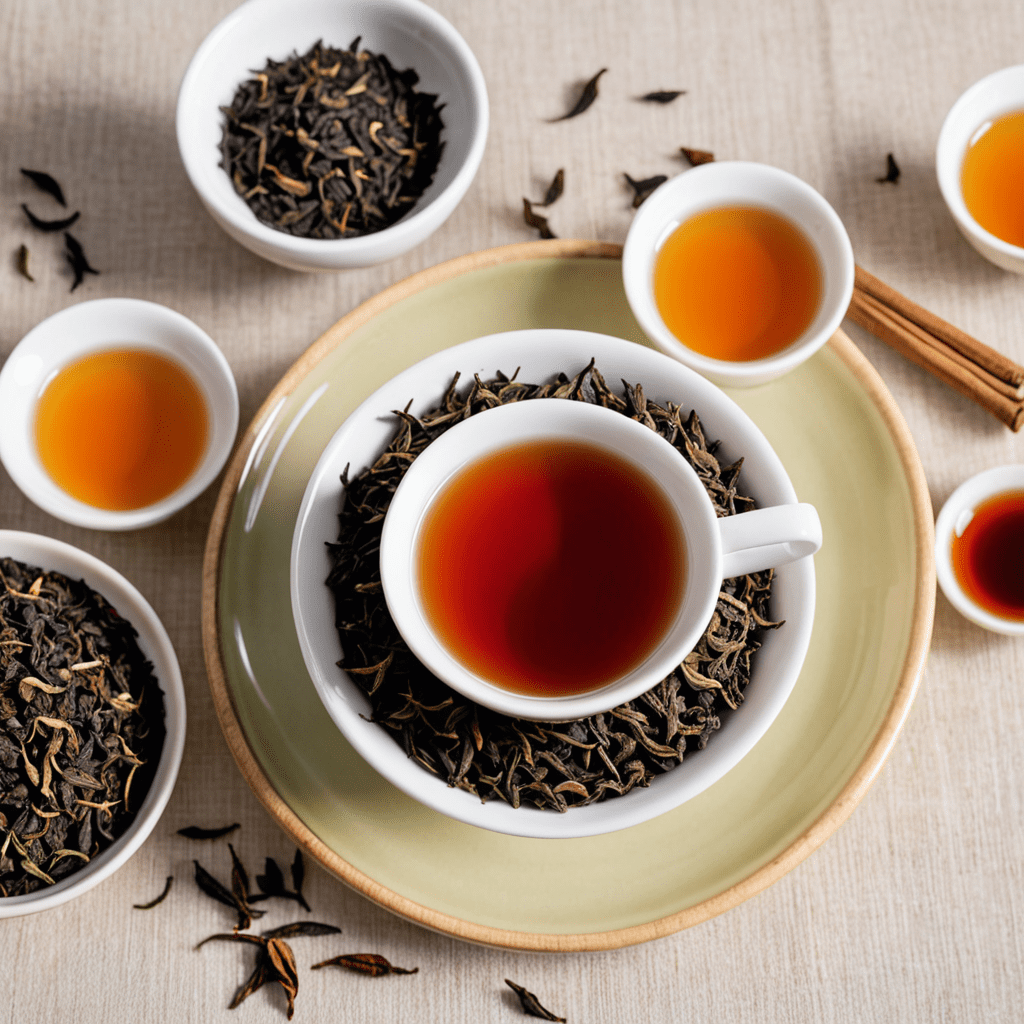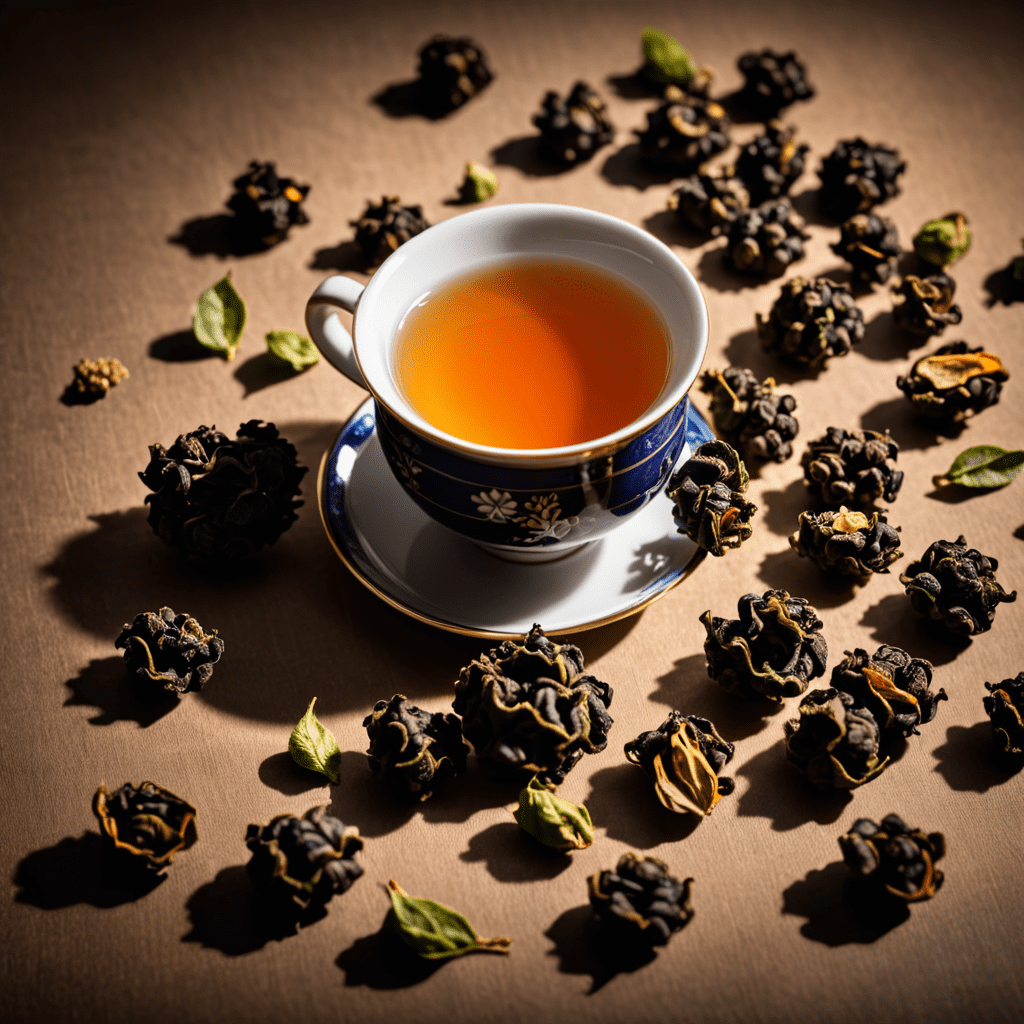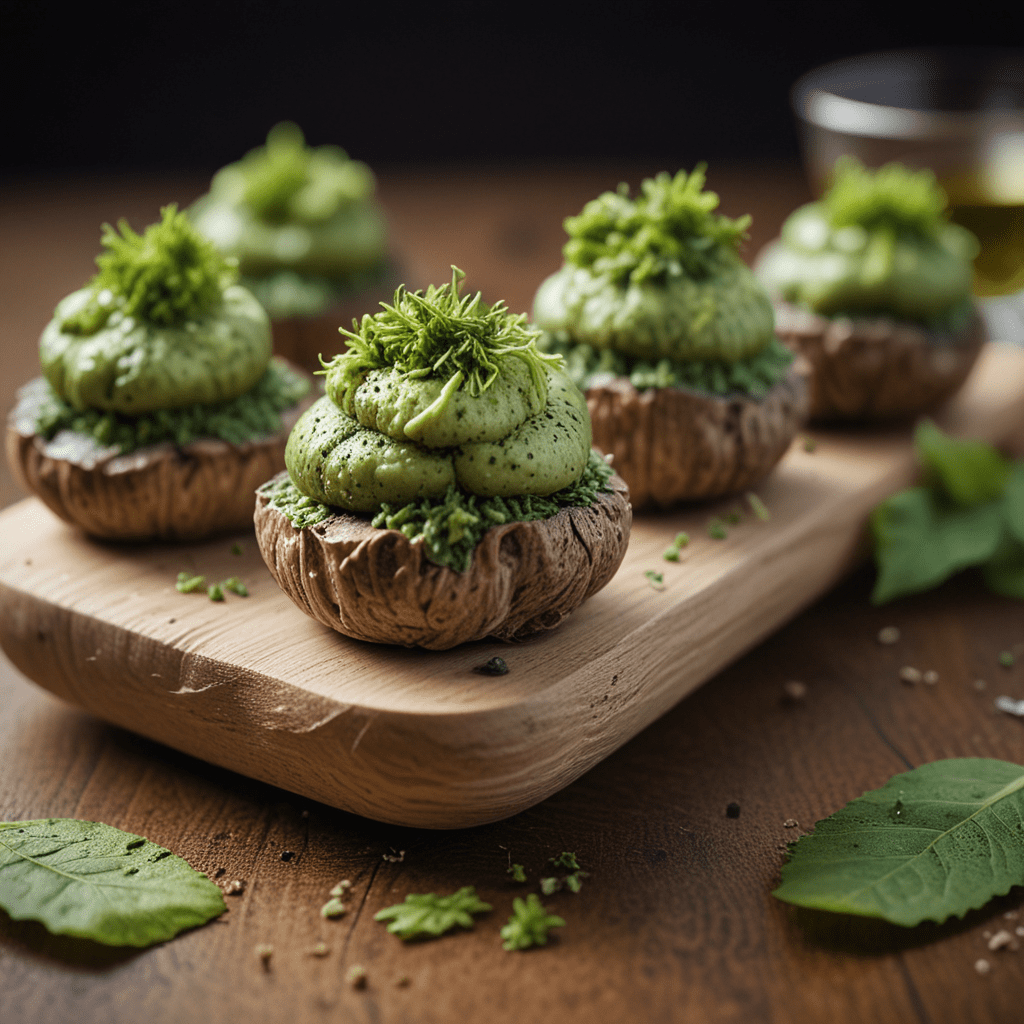
Pu-erh Tea: A Journey Through Tea Flavors and Aromas
Understanding Pu-erh Tea
Pu-erh tea, a fermented dark tea originating from the Yunnan province in China, is renowned for its unique flavors and aromas. This tea undergoes a special fermentation process that sets it apart from other types of tea, resulting in a rich and complex taste profile.
The Origins of Pu-erh Tea
Pu-erh tea has a long history that dates back to ancient China. It is named after the Pu-erh county in Yunnan, where the tea leaves are harvested. The local climate and soil conditions contribute to the distinctive qualities of Pu-erh tea.
The Fermentation Process
The fermentation process of Pu-erh tea is a crucial step in its production. Unlike other teas that are oxidized, Pu-erh tea undergoes a unique microbial fermentation that develops its flavor over time. This process can last from a few months to several years, resulting in different flavor profiles.
Flavors and Aromas
Pu-erh tea offers a wide range of flavors and aromas, from earthy and woody to sweet and floral notes. The taste can vary depending on factors such as the region where it was grown, the age of the tea leaves, and the brewing technique used. Some Pu-erh teas develop a mellow and smooth flavor, while others have a bold and robust taste.
Types of Pu-erh Tea
There are two main types of Pu-erh tea: raw (sheng) and ripe (shou). Raw Pu-erh is aged naturally and tends to have a more astringent and grassy flavor. Ripe Pu-erh, on the other hand, undergoes accelerated fermentation to achieve a smoother and earthier taste.
Brewing and Serving Pu-erh Tea
To fully appreciate the flavors and aromas of Pu-erh tea, it is essential to brew it correctly. Use water that is just below boiling temperature and steep the leaves multiple times to extract the nuances of the tea. Pu-erh tea can also be enjoyed multiple times through multiple infusions.
The Art of Tasting Pu-erh Tea
When tasting Pu-erh tea, focus on the texture, aroma, and aftertaste. Pay attention to how the flavors evolve with each sip and savor the complexity of this unique tea. The journey through the flavors and aromas of Pu-erh tea is a delightful experience for tea connoisseurs and enthusiasts alike.
What is Pu-erh Tea?
Answer:
Pu-erh tea is a fermented tea originating from the Yunnan province in China. It undergoes a unique aging process, resulting in its distinct flavors and aromas.
How is Pu-erh Tea Different from Other Teas?
Answer:
Pu-erh tea is post-fermented, unlike other teas that are either non-fermented (e.g., green tea) or partially fermented (e.g., oolong tea). This fermentation process gives Pu-erh its earthy and rich flavors.
What Are the Different Types of Pu-erh Tea?
Answer:
There are two main types of Pu-erh tea: raw (sheng) Pu-erh and ripe (shou) Pu-erh. Raw Pu-erh is aged naturally and has a more delicate flavor profile, while ripe Pu-erh undergoes a faster fermentation process, resulting in a smoother and richer taste.
How Should I Brew Pu-erh Tea?
Answer:
To brew Pu-erh tea, use hot water just below boiling temperature and steep the leaves multiple times to fully extract their flavors. The brewing time and water temperature can vary based on the type of Pu


